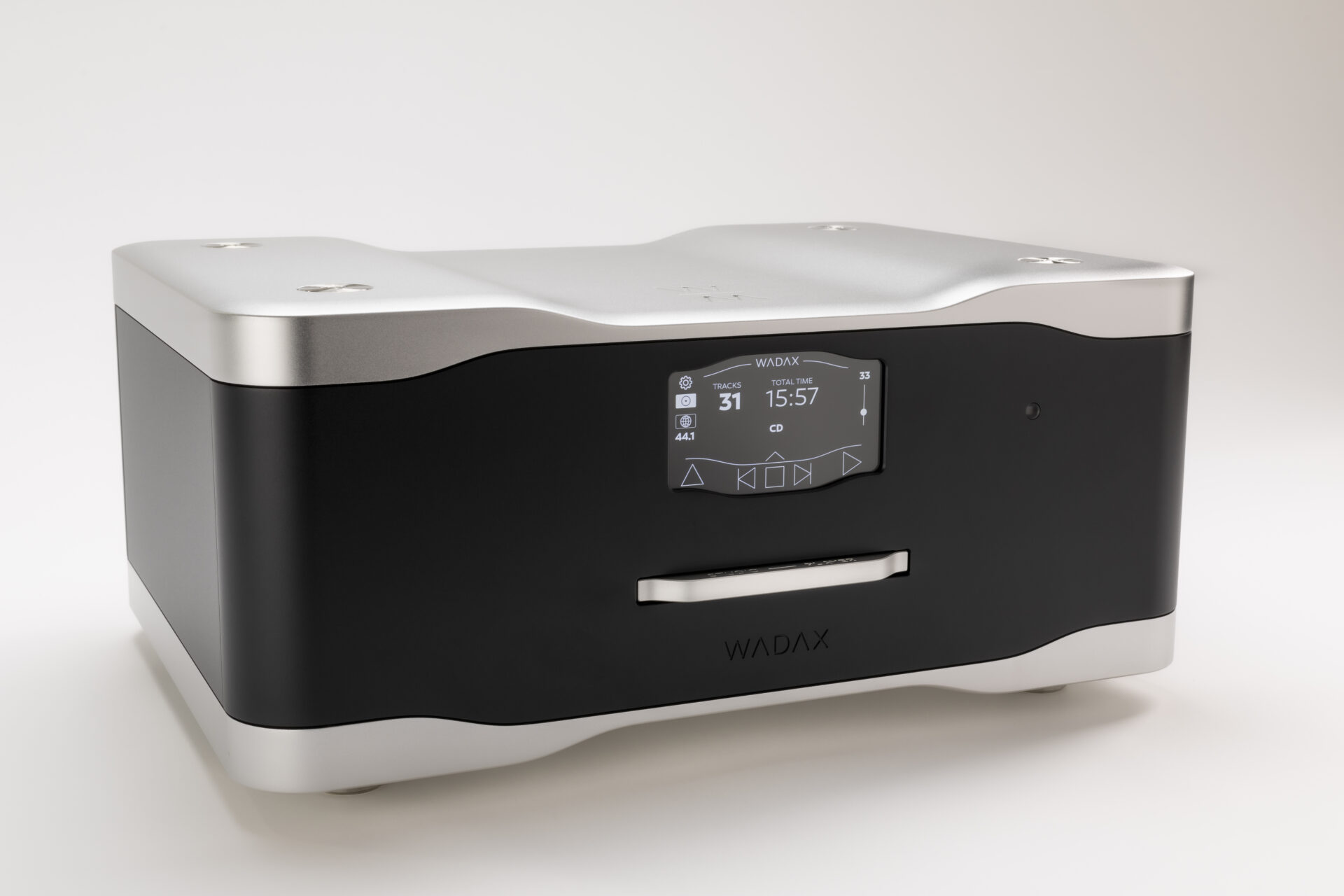 Of course, one response to that is to dispense with filtering and higher bit rates altogether, an approach adopted by the likes of AudioNote amongst others. It’s a less-is-more route that takes minimalism to an almost Luddite extreme – although it could also be characterised as not poking a snake with a stick! In contrast, Wadax adopted a totally different point of departure. Comparing input to output for various DAC chips demonstrated not only that each chip embodied an inherent error mechanism, but that the induced error varies with load. In other words, the conversion process itself generates errors and those errors vary depending on the amplitude and complexity of the incoming signal. more importantly, those errors relate directly to time and phase information, which accounts for the optical disc’s poor performance in these respects, its disjointed and halting rhythmic capabilities, its lack of dynamic heft and substance.
Of course, one response to that is to dispense with filtering and higher bit rates altogether, an approach adopted by the likes of AudioNote amongst others. It’s a less-is-more route that takes minimalism to an almost Luddite extreme – although it could also be characterised as not poking a snake with a stick! In contrast, Wadax adopted a totally different point of departure. Comparing input to output for various DAC chips demonstrated not only that each chip embodied an inherent error mechanism, but that the induced error varies with load. In other words, the conversion process itself generates errors and those errors vary depending on the amplitude and complexity of the incoming signal. more importantly, those errors relate directly to time and phase information, which accounts for the optical disc’s poor performance in these respects, its disjointed and halting rhythmic capabilities, its lack of dynamic heft and substance.
Once you realise that these errors are consistent and load related, predicting error related to input becomes a possibility. This is the basis of the MusIC process. By modelling the operational behaviour of a given chipset, it was possible to create a sophisticated algorithm that calculated the induced errors that would result. By monitoring the incoming signal, that in turn makes it possible to calculate and generate an inverse error signal, applied as a feed-forward correction at the input. One limitation of the approach is that it ties you to using a particular DAC (using a different DAC would require a whole new behavioural/feed-forward map), but as subsequent experience has demonstrated, which chipset you use is considerably less important than how you use it. The Reference DAC was built around their TI chip and, as noted above, the Studio Player follows suit. Now that you appreciate just how much work goes into designing a Wadax DAC and the associated MusIC Chip algorithm to go with it, using that DAC as a cross-platform component starts to make a lot more sense.
Translate the theory into musical results and the Wadax sound makes a whole lot of sense too. What the MusIC Chip process does is get a lot more of the available information in the right place and at the right time – which is a double whammy because it also means there’s way less information in the wrong place, information that cancels, disrupts or disturbs what should be there. Listen to a Wadax – any Wadax – and what you hear is a sense of clarity, shape and pattern that is instantly more recognisable and understandable, a presentation that is more like music and less just sound. This is detail raised to the level of information and put to work, bringing direction, pattern and ultimately, purpose to the musical proceedings. It’s a neat trick if you can do it – but that’s a big ‘if’. So far, only Wadax has succeeded, while a lot of the competition, those seemingly forever chasing even bigger numbers, are increasingly heading in the wrong direction.
Playing the Studio Player
Normally, establishing the context for a product under review is (superficially at least) fairly simple: establish its peer group and listen. However, the scenario presented by the Studio Player is anything but simple, complicated by the One Box Imperative (OBI). In a world where digital media has shrunk to optical disc replay and streaming, the Wadax potentially presents a single-box solution to all your digital replay needs. With CD, SACD and MQA-CD compatibility together with network connectivity, it offers an answer for all of the commonly used digital sources. It even goes further than that: if you are running a digital only system, then it offers control functionality too. There’s no USB audio input, TosLink or HDMI connection, but with the exception of the latter, I’m not sure what you’d use them for anyway. The absence of HDMI arguably prevents the Studio Player becoming a true digital hub, with both audio and AV combined into a single system, but with the inevitable shift towards streaming services for both movies and concert video, that isn’t the weakness it might once have been. For example, AppleTV can be connected via AirPlay, providing the analog output for anything held on that platform – although it remains to be seen just how easy it will be to sync pictures and sound.

